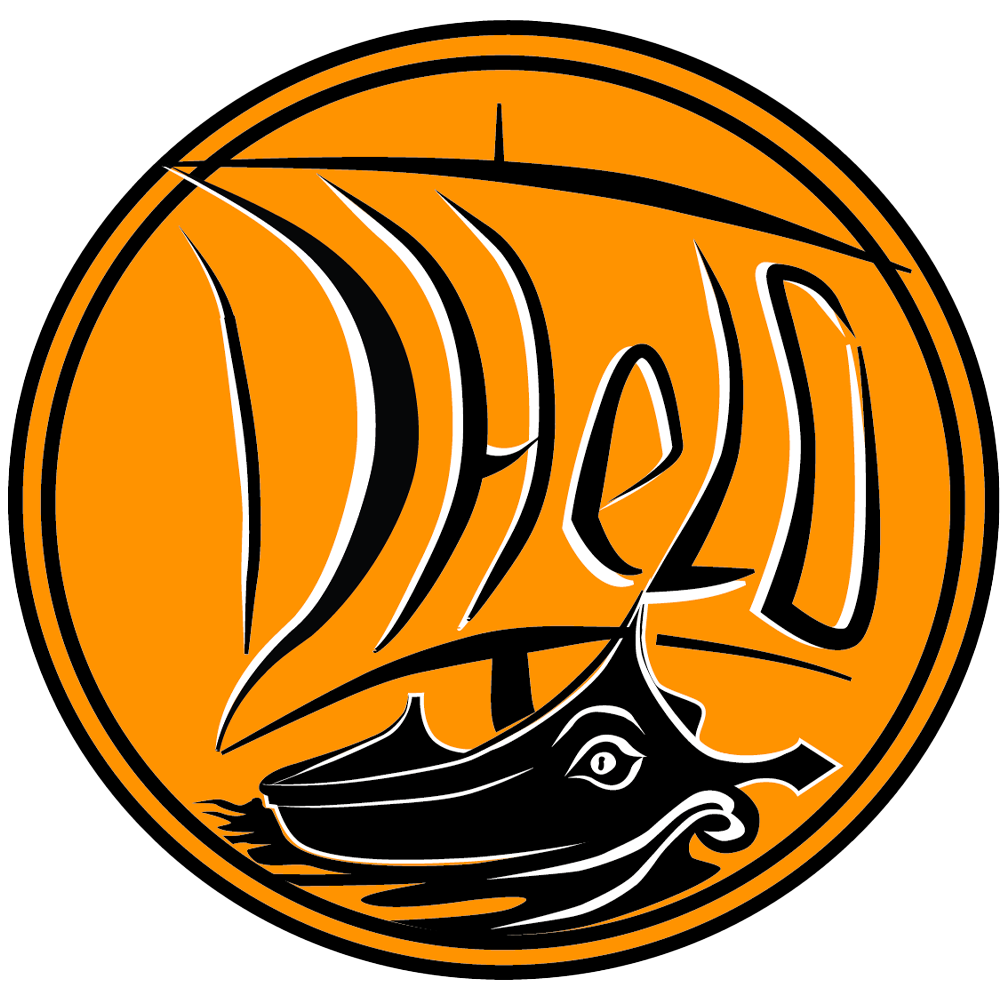Observatory
The Observatory section of DHeLO provides an interactive way to explore the rich metadata collected in the platform. Through a series of dynamic charts and visual representations, users can analyze relationships, distributions, and trends across various research projects, datasets, tools, and other entities related to cultural heritage and heritage science. These visualizations offer an intuitive and engaging approach to understanding the scope and connections within the digital landscape of the field.
By leveraging interactive graphs, timelines, and statistical charts, this section enables users to navigate the data from multiple perspectives. Whether examining the network of collaborations, identifying temporal patterns, or exploring geographical distributions, these tools provide valuable insights that enhance the discoverability and usability of the collected metadata.
Data Overview
This section presents the methodology adopted for collating the data underlying the Observatory. The process began with the extraction of information on digital products and research projects developed within ISPC and the E-RIHS infrastructure, enriched by insights gathered through questionnaires and preliminary interviews. Building on this initial core, the dataset was systematically expanded by harvesting metadata from major data-sharing platforms relevant to Cultural Heritage and Heritage Science, such as Zenodo, Ariadne+, HS-OpenAIRE, Iperion HS, ADS, tDAR, and OpenContext.
To ensure both breadth and currency, the collection strategy further incorporated a targeted review of recent literature, prioritizing works published in the past five years. In the field of Digital Archaeology, journals such as Archeologia e Calcolatori, Virtual Archaeology Review, Open Archaeology, and Internet Archaeology were systematically surveyed, while for Digital Cultural Heritage, contributions from outlets like the Journal of Cultural Heritage and Digital Applications in Archaeology and Cultural Heritage were indexed. Heritage Science resources were captured through journals including Heritage Science and Heritage. Additional material was gathered by analyzing proceedings from major international conferences, notably the Computer Applications and Quantitative Methods in Archaeology (CAA) and MetroArchaeo meetings, again with a focus on the most recent five-year period to better capture current trends and practices.
Dataset Date Issued
Interactive Resource Date Issued
The strong concentration of resources in the past five years should be understood primarily as a reflection of the data collection strategy, which focused on this recent period. The graphs are therefore to be seen as a first snapshot, whose interpretive value will increase as the dataset expands over time.
Digital Products
In this section, the term digital products is used to designate resources such as datasets and interactive applications that constitute tangible research outputs in the fields of Digital Archaeology, Cultural Heritage, and Heritage Science. Following the Dublin Core guidelines, these products can be broadly described as digital entities that are identifiable, shareable, and reusable.
-
Datasets correspond to structured collections of data made available in digital form. In the Dublin Core framework, they are defined as resources that can be described in terms of type (dataset), format (e.g. CSV, XML, RDF), creator, and date of creation or publication. They represent a fundamental layer of scientific communication, as they enable verification, replication, and further reuse of research results.
-
Interactive resources include applications, web platforms, or tools that allow users to engage directly with data or visual content. Within Dublin Core, these are captured through elements such as type (software, service, or interactive resource), format (e.g. web application, 3D model), and relation, which documents links to underlying datasets or associated publications. Their role is to provide access, visualization, and interpretation of data in ways that facilitate both specialist research and wider dissemination.
Taken together, these categories reflect the dual dimension of digital production: on the one hand, the systematic generation and curation of data; on the other, the creation of interfaces and environments through which these data are explored, shared, and communicated.
Digital products by their Technological Classification
The bar chart illustrates the distribution of datasets and interactive resources by technological classification. A noticeable predominance of 3D modelling and virtual reality products emerges, confirming how these technologies have become a consolidated part of the research and documentation workflow in Heritage Science and Cultural Heritage over more than a decade. Their diffusion not only reflects technological progress but also the increasing expectation that heritage should be experienced and communicated through immersive and visually engaging means.
Alongside these, GIS and database solutions remain highly significant, standing as stable pillars of digital practice. Their persistence underscores the fundamental role of spatial analysis, data structuring, and long-term information management in research processes, which continue to rely on these tools for both analytical and archival purposes.
Equally striking is the relatively high number of resources under the Multimedia & Web category. This may point to a growing emphasis on outreach and community engagement, where digital heritage resources are designed not only for specialist audiences but also for wider publics. The trend may also be linked to the increasing interoperability of technologies: 3D outputs from survey and modelling are now more easily exported and integrated into multimedia or web-based products, bridging the gap between scientific workflows and dissemination strategies.
Projects
The following charts focus on research projects, highlighting their distribution across various dimensions such as subject classification, chronological span, and digital outputs. These visualizations provide insights into the scope and thematic coverage of the projects included in DHeLO.
ERC Subject per Projects
Bar chart showing the distribution of research projects across SSH sectors. Each project is classified under up to three sectors.
Research Projects and their Digital Outputs
Network graph showing research projects (orange) and their digital outputs: interactive resources (red) and datasets (blue).

